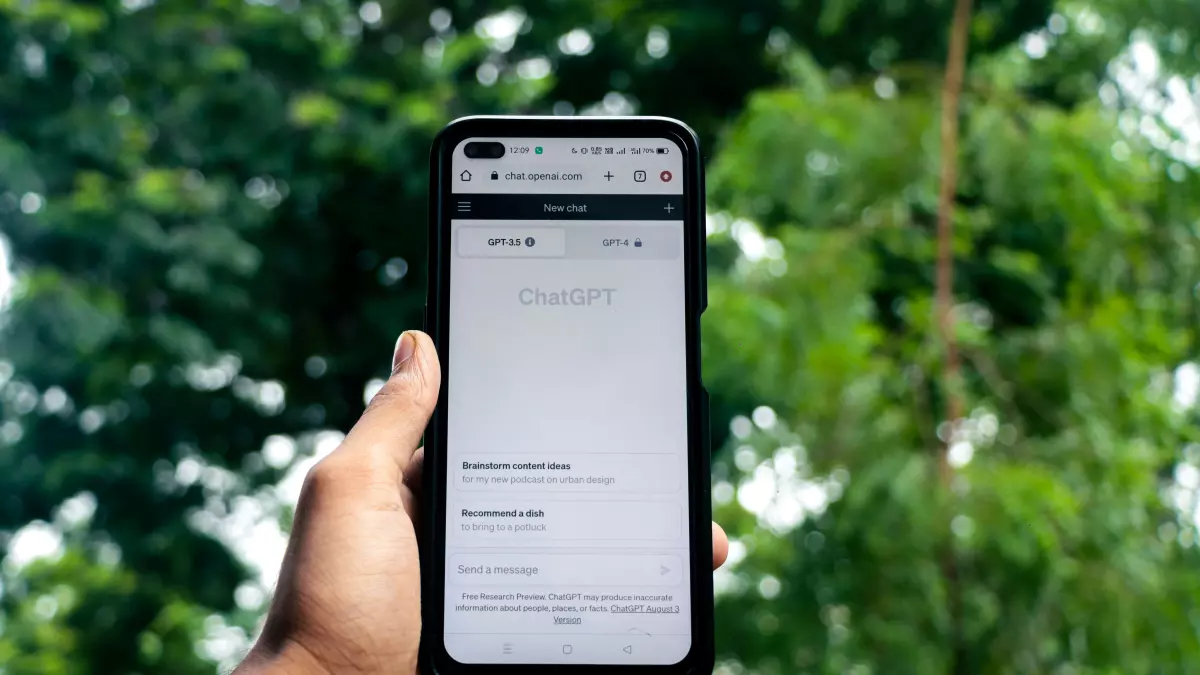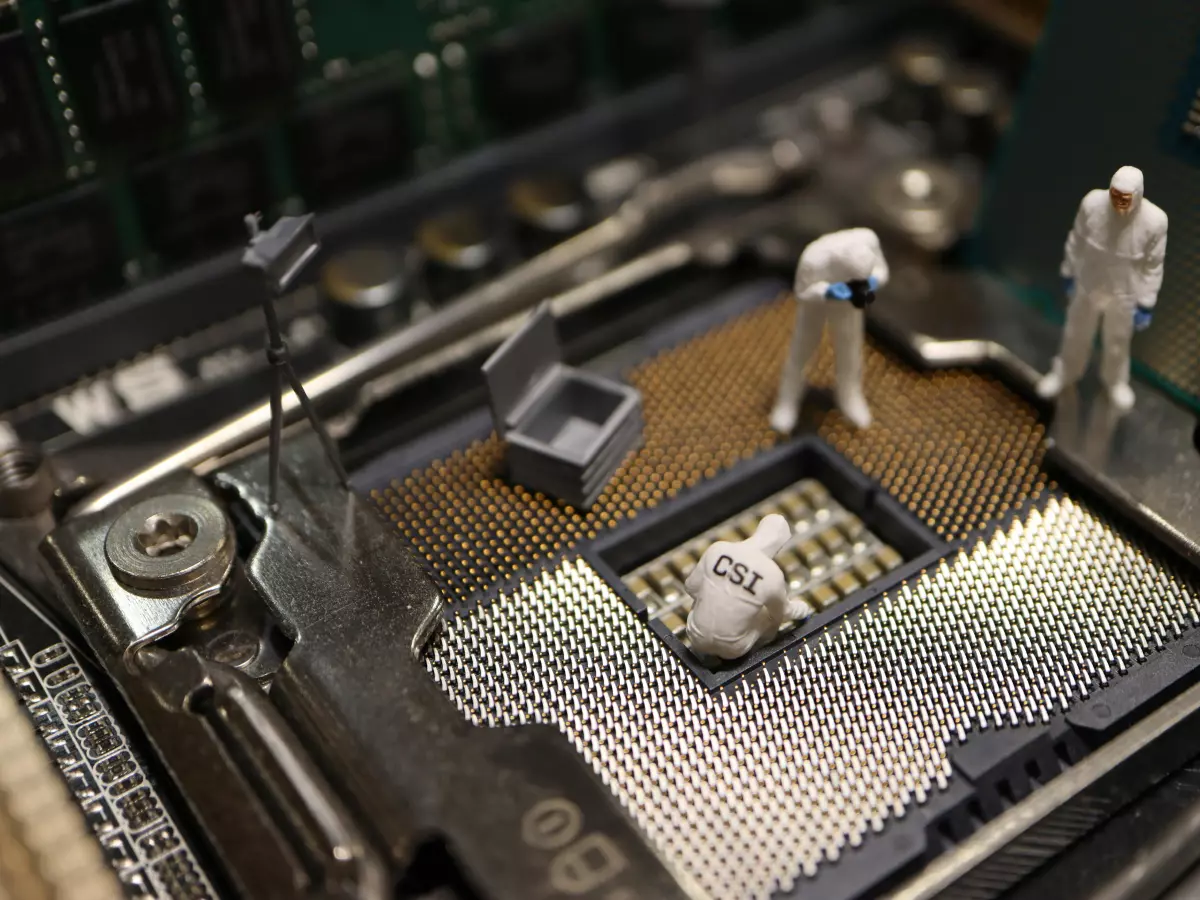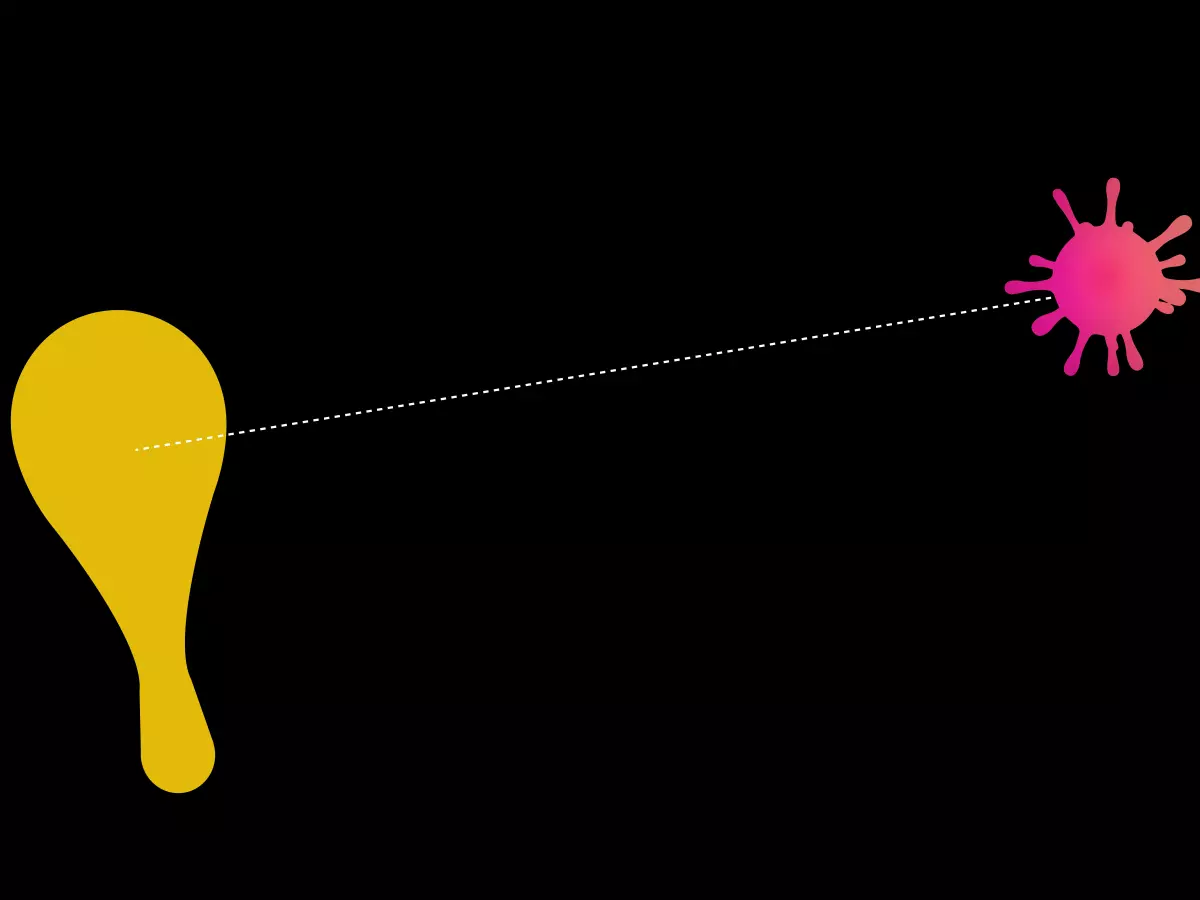AI: Friend or Foe?
You thought AI was here to help you streamline your business, right? Well, hackers think so too, and they’re loving it.

By Elena Petrova
Artificial Intelligence (AI) is everywhere these days. From chatbots that handle customer service to algorithms that predict what you’ll buy next, AI is the tech world’s golden child. But like any good thing, it has a dark side. And that dark side? Hackers are all over it.
Let’s break it down. AI is essentially a system that can learn and adapt. Sounds great when you’re using it to improve your supply chain or automate tedious tasks, but guess what? Hackers are using AI to learn and adapt too. According to Cointelegraph, researchers at HP recently found malware written by generative AI “in the wild.” That’s right, AI is now writing malware—faster, smarter, and more dangerous than ever before.
Why AI is a Hacker’s New Best Friend
So, why is AI so attractive to hackers? Well, for starters, it can automate tasks that used to take them hours or even days. Need to crack a password? AI can do that in minutes. Want to create a phishing email that’s almost impossible to distinguish from the real thing? AI’s got you covered. In fact, AI can even analyze your company’s defenses and figure out the best way to break in. It’s like giving a burglar a blueprint of your house.
But it’s not just about speed. AI can also learn from its mistakes. If a hacker’s first attempt to breach your system fails, AI can analyze why and adjust its approach. This means that traditional cybersecurity defenses, which rely on recognizing known threats, are becoming less effective. AI-powered attacks are constantly evolving, making them harder to detect and stop.
Manufacturing Sector: A Prime Target
Now, let’s talk about the manufacturing sector. This industry has been quick to adopt AI and cloud applications to streamline operations and improve efficiency. But with great power comes great responsibility—or in this case, great vulnerability. As reported by TechRadar, the rise of AI and cloud apps in manufacturing is giving hackers even more ways to break in. Why? Because these systems are often interconnected, meaning that a breach in one part of the system can quickly spread to others.
For example, a hacker could use AI to infiltrate a cloud-based inventory management system. From there, they could move laterally within the network, gaining access to sensitive data or even disrupting production. And since many manufacturing companies are still catching up when it comes to cybersecurity, they’re often easy targets.
What Can You Do?
So, what can you do to protect your business? First, you need to stay informed. AI is constantly evolving, and so are the threats it poses. Make sure your cybersecurity team is up to date on the latest AI-driven attacks and knows how to defend against them.
Second, consider using AI for good. Just as hackers are using AI to attack, you can use AI to defend. AI-powered cybersecurity tools can analyze your system for vulnerabilities, detect unusual activity, and even predict where the next attack might come from. It’s like having a digital bodyguard that never sleeps.
Finally, don’t forget the basics. Strong passwords, regular software updates, and employee training can go a long way in preventing an attack. After all, even the most sophisticated AI can’t help a hacker if they can’t get in the door.
In the end, AI is a double-edged sword. It has the potential to revolutionize industries and make our lives easier, but it also gives hackers new tools to exploit. The key is to stay one step ahead—because if you’re not, the hackers certainly will be.
So, is AI your friend or foe? That’s up to you.





